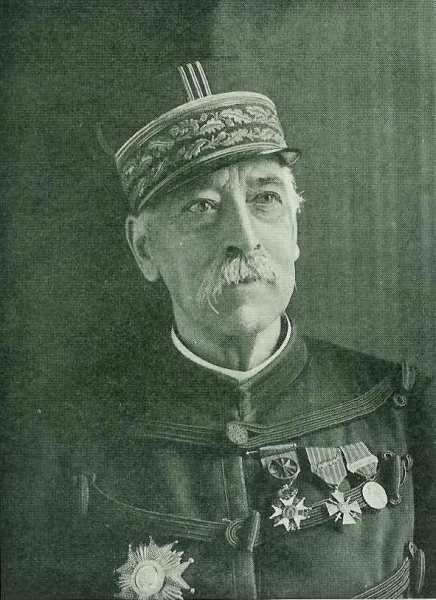
The Battle of Stalingrad was a major battle of World War II in which Nazi Germany and its allies fought the Soviet Union for control of the city of Stalingrad (now Volgograd) in southwestern Russia. 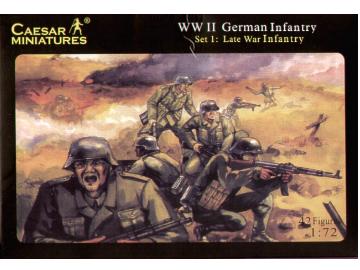
The battle took place between 23 August 1942 and 2 February 1943[and was among the largest on the Eastern Front, and was marked by its brutality and disregard for military and civilian casualties. It was amongst the bloodiest battles in the history of warfare with the higher estimates of combined casualties amounting to nearly two million deaths.
It was amongst the bloodiest battles in the history of warfare with the higher estimates of combined casualties amounting to nearly two million deaths. irregular 20mm
irregular 20mm
In the defeat, the crippling losses suffered by Germany's military proved to be insurmountable for the war. The battle was a turning point in the war, making a German victory in the East impossible.

The battle took place between 23 August 1942 and 2 February 1943[and was among the largest on the Eastern Front, and was marked by its brutality and disregard for military and civilian casualties.
 It was amongst the bloodiest battles in the history of warfare with the higher estimates of combined casualties amounting to nearly two million deaths.
It was amongst the bloodiest battles in the history of warfare with the higher estimates of combined casualties amounting to nearly two million deaths. irregular 20mm
irregular 20mmIn the defeat, the crippling losses suffered by Germany's military proved to be insurmountable for the war. The battle was a turning point in the war, making a German victory in the East impossible.

The German offensive to capture Stalingrad commenced in late summer 1942, supported by intensive Luftwaffe bombing which reduced much of the city to rubble.
jons painting service
The German offensive eventually bogged down in house-to-house fighting and despite controlling over 90% of the city at times, the Wehrmacht was unable to dislodge the last Soviet defenders clinging tenaciously to the west bank of the Volga River.
jons painting service
The German offensive eventually bogged down in house-to-house fighting and despite controlling over 90% of the city at times, the Wehrmacht was unable to dislodge the last Soviet defenders clinging tenaciously to the west bank of the Volga River.

In November 1942, the Red Army launched Operation Uranus; a two-pronged attack specifically targeted at the inferior Romanian and Italian forces protecting the German 6th Army flanks. The success of these attacks caused the weakly held flanks to collapse and the 6th Army to be cut off and surrounded inside Stalingrad. As the Russian winter set in, the 6th Army weakened rapidly from cold, starvation and ongoing Soviet attacks. Command ambiguity coupled with Adolf Hitler's resolute belief in the "power of the will" and the value of "standing fast" further compounded the German predicament. Eventually, the failure to break the encirclement by relieving German forces, coupled with the failure of re-supply by air, caused the final collapse. By early February 1943, German resistance in Stalingrad had ceased and the remaining elements of the surrounded 6th Army had either surrendered or had been destroyed.
As the Russian winter set in, the 6th Army weakened rapidly from cold, starvation and ongoing Soviet attacks. Command ambiguity coupled with Adolf Hitler's resolute belief in the "power of the will" and the value of "standing fast" further compounded the German predicament. Eventually, the failure to break the encirclement by relieving German forces, coupled with the failure of re-supply by air, caused the final collapse. By early February 1943, German resistance in Stalingrad had ceased and the remaining elements of the surrounded 6th Army had either surrendered or had been destroyed.
 As the Russian winter set in, the 6th Army weakened rapidly from cold, starvation and ongoing Soviet attacks. Command ambiguity coupled with Adolf Hitler's resolute belief in the "power of the will" and the value of "standing fast" further compounded the German predicament. Eventually, the failure to break the encirclement by relieving German forces, coupled with the failure of re-supply by air, caused the final collapse. By early February 1943, German resistance in Stalingrad had ceased and the remaining elements of the surrounded 6th Army had either surrendered or had been destroyed.
As the Russian winter set in, the 6th Army weakened rapidly from cold, starvation and ongoing Soviet attacks. Command ambiguity coupled with Adolf Hitler's resolute belief in the "power of the will" and the value of "standing fast" further compounded the German predicament. Eventually, the failure to break the encirclement by relieving German forces, coupled with the failure of re-supply by air, caused the final collapse. By early February 1943, German resistance in Stalingrad had ceased and the remaining elements of the surrounded 6th Army had either surrendered or had been destroyed.
ndBy spring 1942, the Germans had stabilized their new front in a line running roughly from Leningrad in the north to Rostov in the south. 
There were a number of salients in the line where Soviet offensives had pushed the Germans back, notably to the northwest of Moscow and south of Kharkov, but neither was particularly threatening. In the far south, the Germans were in control of most of Ukraine and much of the Crimea, although Sevastopol remained in Soviet hands along with a small portion of the Kerch Peninsula.

There were a number of salients in the line where Soviet offensives had pushed the Germans back, notably to the northwest of Moscow and south of Kharkov, but neither was particularly threatening. In the far south, the Germans were in control of most of Ukraine and much of the Crimea, although Sevastopol remained in Soviet hands along with a small portion of the Kerch Peninsula.

The Germans were confident they could master the Red Army after the winter of 1941. There was some substance to this belief: while the German Army Group Centre (Heeresgruppe Mitte) had suffered heavy punishment, 65% of its infantry had not been engaged during the winter fighting, and had been rested and reequipped; and Army Groups North and South had not been particularly hard pressed over the winter.
 Consequently a German capture of the city would effectively sever the Soviet river link to the north. Second, its capture would secure the western flank of the German armies as they advanced into the oil-rich city of Baku—with the strategic aim of cutting off fuel from Stalin's war machine. The fact that the city bore the name of the leader of the Soviet Union, Joseph Stalin, would make its capture an ideological and propaganda coup.
Consequently a German capture of the city would effectively sever the Soviet river link to the north. Second, its capture would secure the western flank of the German armies as they advanced into the oil-rich city of Baku—with the strategic aim of cutting off fuel from Stalin's war machine. The fact that the city bore the name of the leader of the Soviet Union, Joseph Stalin, would make its capture an ideological and propaganda coup.
The Soviets realized that they were under tremendous constraints of time and resources and ordered that anyone strong enough to hold a rifle be sent to defend the city.At this stage of the war, the Red Army was less capable of highly mobile operations than the German Army. However, combat in large urban areas tends to be dominated by small arms weaponry rather than armored and mechanized units.
However, combat in large urban areas tends to be dominated by small arms weaponry rather than armored and mechanized units.  This would lessen any Soviet disadvantage because the Red Army was specially trained for close-quarters urban combat, whereas the Wehrmacht was principally trained for fast moving open-field opererations
This would lessen any Soviet disadvantage because the Red Army was specially trained for close-quarters urban combat, whereas the Wehrmacht was principally trained for fast moving open-field opererations
WARRIOR MINIATURES 20mm (contact them on their page)
 However, combat in large urban areas tends to be dominated by small arms weaponry rather than armored and mechanized units.
However, combat in large urban areas tends to be dominated by small arms weaponry rather than armored and mechanized units.  This would lessen any Soviet disadvantage because the Red Army was specially trained for close-quarters urban combat, whereas the Wehrmacht was principally trained for fast moving open-field opererations
This would lessen any Soviet disadvantage because the Red Army was specially trained for close-quarters urban combat, whereas the Wehrmacht was principally trained for fast moving open-field opererationsWARRIOR MINIATURES 20mm (contact them on their page)
| Partisans - 35p each | ||||||||||||||||||||||||||||||||||||
| PA1 Male Partisan with Molotov Cocktail | ||||||||||||||||||||||||||||||||||||
| PA2 Female Partisan with Sten Gun | ||||||||||||||||||||||||||||||||||||
| PA3 Male Partizan with Rifle | ||||||||||||||||||||||||||||||||||||
PA4 Female Partizan Rifle slung over shoulder
|



 before the two opposing armies faced each other at Edgehill on 23 October. Although this battle was inconclusive, Charles was given a tactical victory when the Earl of Essex, leader of the Parliamentarians, left the field and headed north to Warwick, leaving the road to London open for the King.
before the two opposing armies faced each other at Edgehill on 23 October. Although this battle was inconclusive, Charles was given a tactical victory when the Earl of Essex, leader of the Parliamentarians, left the field and headed north to Warwick, leaving the road to London open for the King.  This road was to lead to Brentford, a small town with about 280 houses. It was of great strategic importance because of the stone bridge over the River Brent which itself was a natural defensive position.
This road was to lead to Brentford, a small town with about 280 houses. It was of great strategic importance because of the stone bridge over the River Brent which itself was a natural defensive position.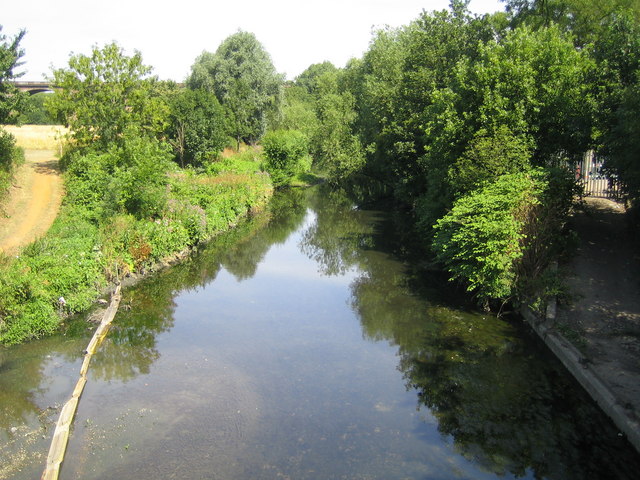
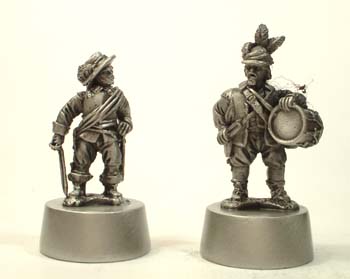 dixon
dixon
 broughton castle
broughton castle hounslow heath
hounslow heath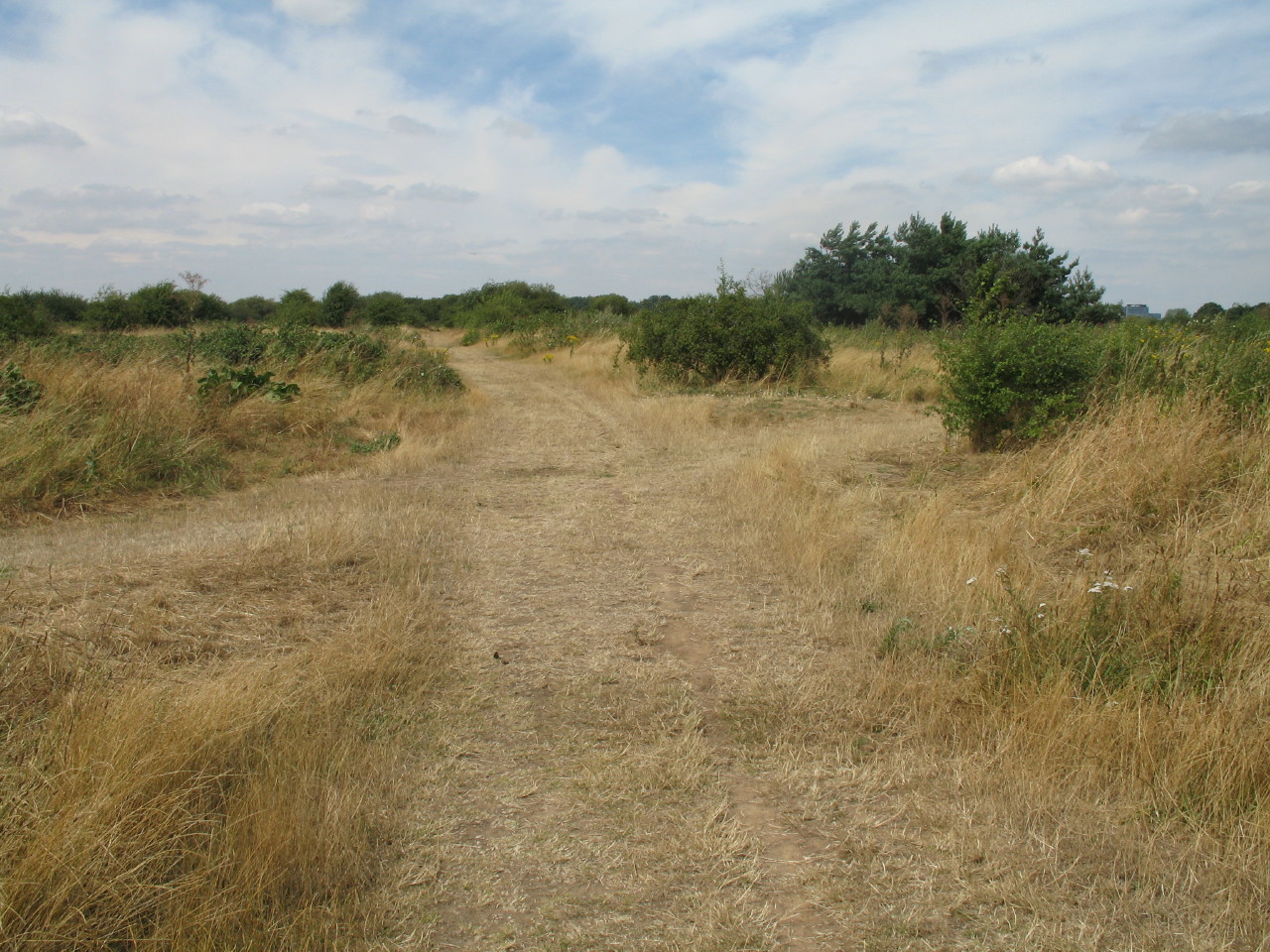
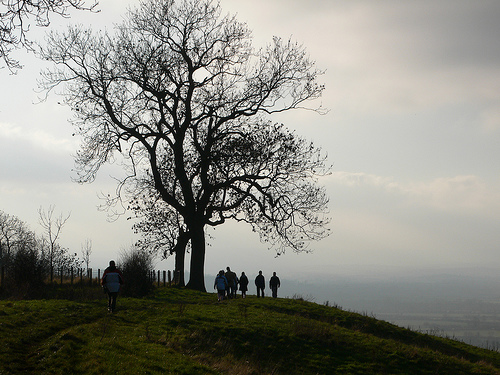 edgehill
edgehill


 dixon
dixon
 John Lilburne, the political activist, wrote in the third person that he fought ‘Many long houres with inconsiderable party of men.. .holds all the enemies forces at bay and enforces them to a standstill’. Captain Lilburne is said to have rallied the remnants of the troops and counter attacked. They continued to fight on ‘front and flank’, although they were short of match powder and shot.
John Lilburne, the political activist, wrote in the third person that he fought ‘Many long houres with inconsiderable party of men.. .holds all the enemies forces at bay and enforces them to a standstill’. Captain Lilburne is said to have rallied the remnants of the troops and counter attacked. They continued to fight on ‘front and flank’, although they were short of match powder and shot.

 The Battle of the Marne (French: 1re Bataille de la Marne) (also known as the Miracle of the Marne) was a First World War battle fought between 5 and 12 September 1914.
The Battle of the Marne (French: 1re Bataille de la Marne) (also known as the Miracle of the Marne) was a First World War battle fought between 5 and 12 September 1914. 


